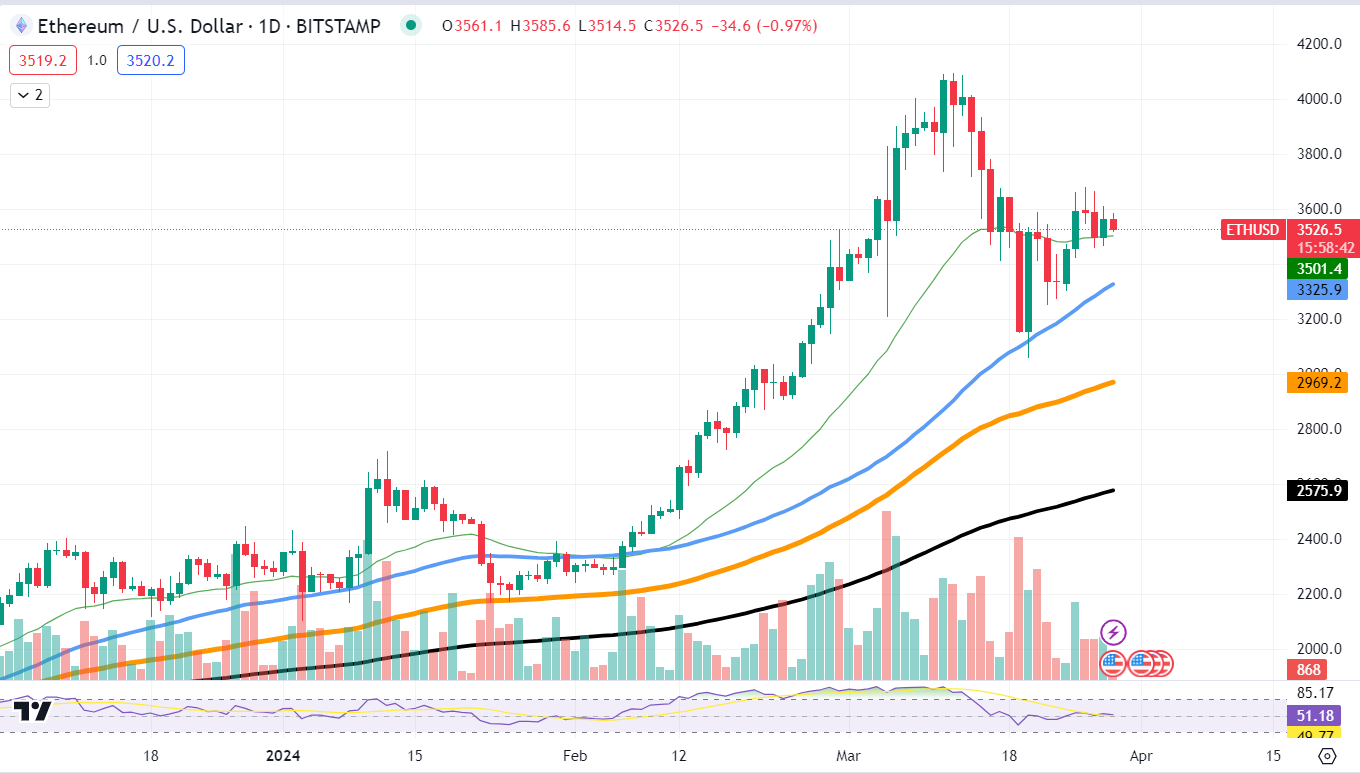Vitalik Buterin stresses the importance of advancing the security of rollups, a Layer 2 scaling solution designed to increase transaction throughput without harming decentralization of the network in general. Currently, many rollups are not fully guarded by code, with only a select few, like Arbitrum One, reaching what has been designated as "Stage 1" in their development — a level where they are robust enough to be deemed secure.
The call is to uplift the standards within the Ethereum community, especially concerning rollups. By the end of the year, Buterin suggests that the term "rollup" should only apply to those projects that have at least attained Stage 1 status. Progressing to Stage 2, which implies complete reliance on code for security, is seen as the crucial next step, though it must be approached with caution.

Buterin proposes that after the merge and the implementation of EIP-4844, Ethereum should be placed at the positive side of the S-curve. This S-curve represents the evolution of the system's capabilities of Ethereum overtime. The phase Ethereum is entering is one of rapid change where foundational improvements to Layer 1 (L1) will continue to be significant but will also be more accessible for users and developers.
For application developers, this means shifting from creating prototypes to user-ready tools.
Buterin's vision for Ethereum is clear: continue to scale the network, with security enhancements running quietly but vitally in the background, and empower developers to build applications that millions can reliably use. As the ecosystem matures, redefining what it means to be a "rollup" is a key step toward ensuring the integrity and longevity of Ethereum's infrastructure.
 u.today
u.today
